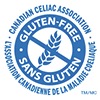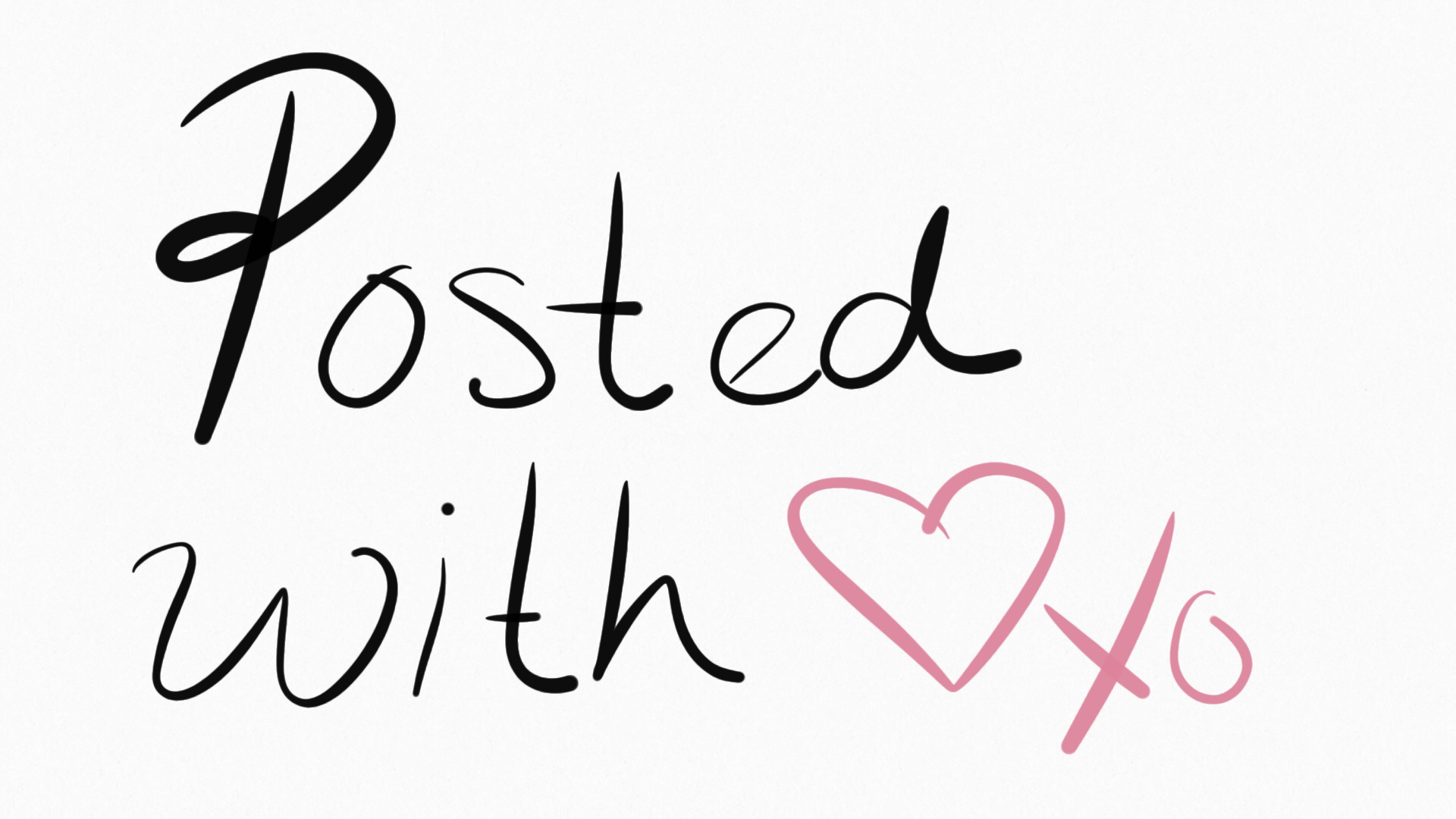When you are initially diagnosed with celiac disease there are such a range of emotions:
• No way that this can be true!
• Shit this is depressing!
• What the hell can I eat (while sadly watching other people eat your favourite foods)
• I’m so hungry … what can I eat?
Researching gluten free foods and learning about reading labels can be quite frustrating and time consuming. When you have been eating gluten free after you’ve been diagnosed with celiac disease, you are not tempted to go back. There is too much pain to risk. From the migraine headaches, the vomiting and nausea, or the general bloating and stabbing stomach pains. Not to mention the brain fog, the anxiety and the mood swings. Tempted to eat gluten? ….not on your life!
So you learn to look up the ingredients in products each time you buy something and check for the words: may contain. Then you read through the ingredient list again just before eating. There are so many things to look for, like hidden names for wheat that many are unaware of such as durum, and spelt.
New products are scary to try because you have to trust what the company says to be true.
We found information on some Canadian government sites regarding gluten free labelling. Which does differ in other countries. In Canada, United States and Europe, labelling is less than 20 ppm of gluten and in New Zealand and Australia gluten is expected to be 0 percent as a labelling requirement.
From the Canadian Food Inspection website:
“Gluten-Free versus Wheat-Free – A “gluten-free” claim cannot be used interchangeably with a “wheat-free” claim.”
A quote from the government of Canada’s Food website: “Gluten free foodshould be able to use the claim “Gluten-free”, as long as it is being done in a manner that is truthful and not misleading.”
The Gluten Free Certification Program covers North America for gluten-free and allergen food-safety compliance and marketing. Here is one label we can completely trust on a gluten free diet.

“This is a registered trademark owned by the Canadian Celiac Association who grants exclusive rights to Allergan Control Group, as part of operating the Gluten-Free Certification Program.”
Here is an interesting fact from: http://foodallergycanada.ca/allergy-safety/food-labelling/
“In food processing, cross-contamination can occur in the production of food. It may happen in a shared facility, through shared production lines or be passed on from suppliers. Since food labelling for “may contain” is voluntary in Canada, manufacturers are not required to state on their label whether a product may be cross-contaminated with an allergen.”
After reading a label if you are still uncertain as to whether a product may contain gluten or not, then you should try emailing the company to ask. We have had such good responses with companies, so if you are unsure we recommend taking the time to send a quick email for confirmation.
Cross contamination in gluten free products is common for us and we have learnt to trust or distrust certain brands and their labels. For instance the chips from Old Dutch even though they say gluten free must have cross contamination because they give us gluten symptoms.
Some of our favourite trusting labels are:
- Only Oats – stating pure oats, free from wheat barley and rye on their packages.
- Riceworks – stating they are gluten free AND celiac friendly with an email confirmation from the company.
- Island Farms Dairy Products – we contacted by email and Island Farms sent us back a list of their gluten free products.
We would love to hear about some of your best or worst experiences.


Be the first to comment